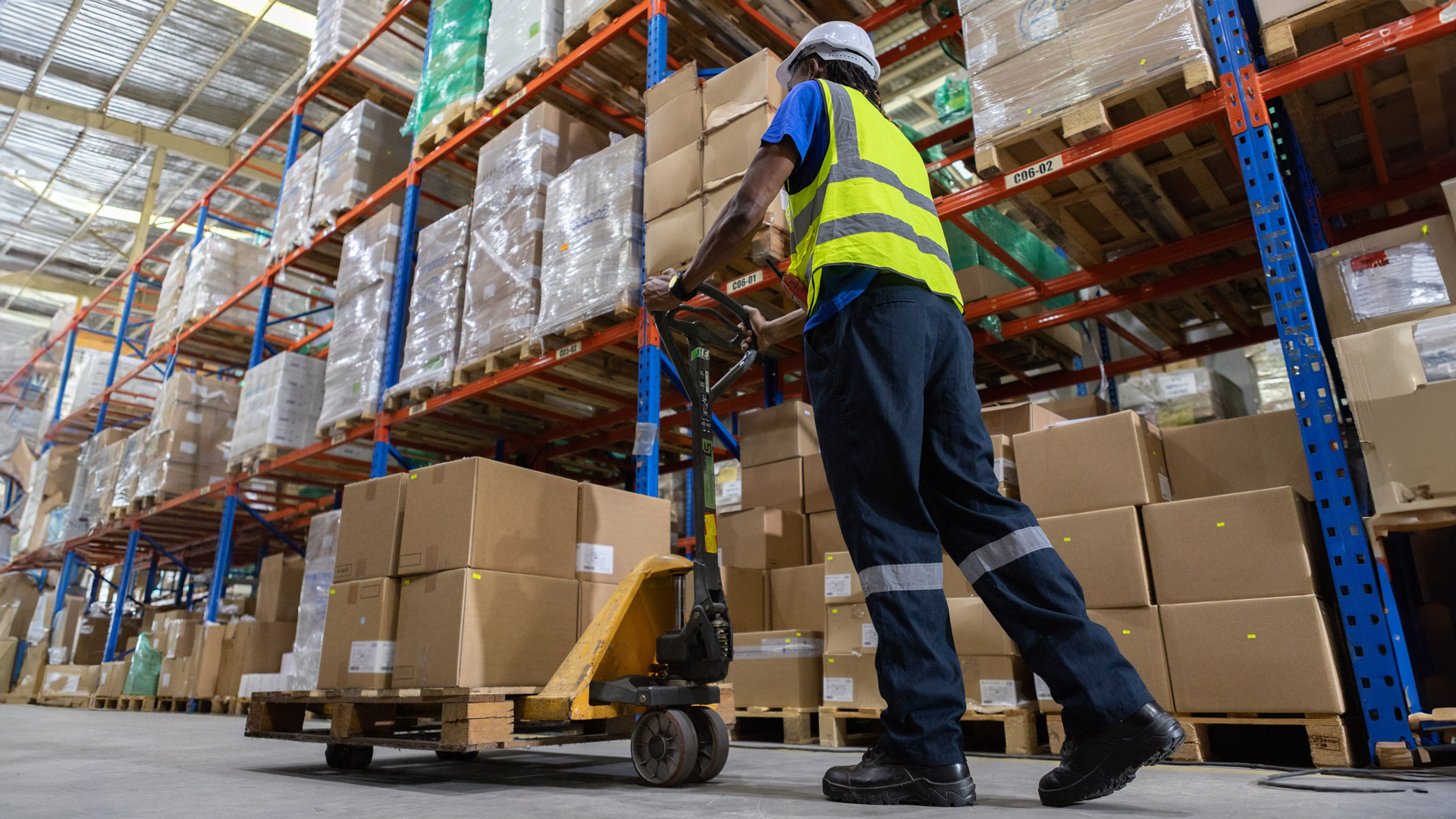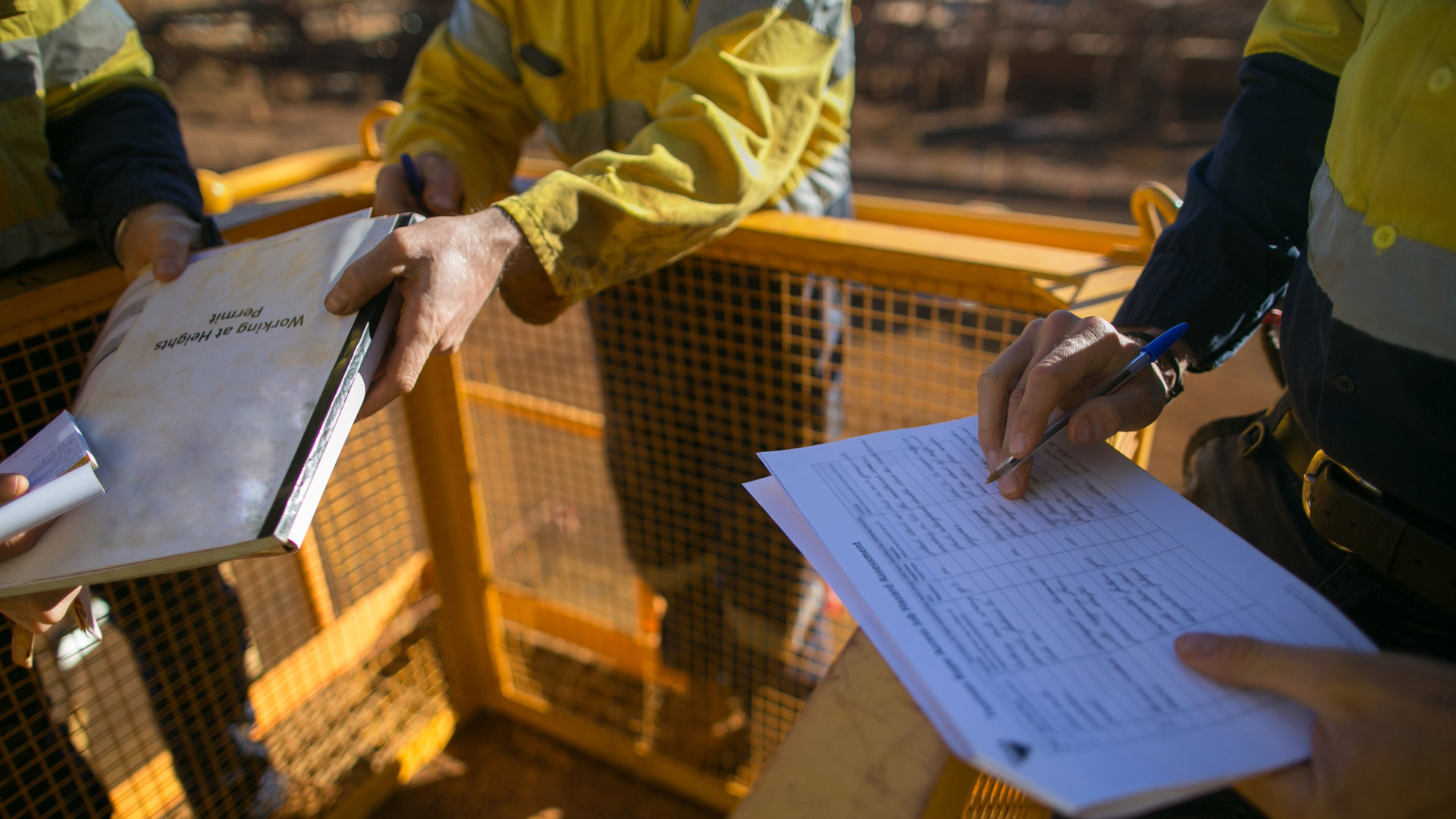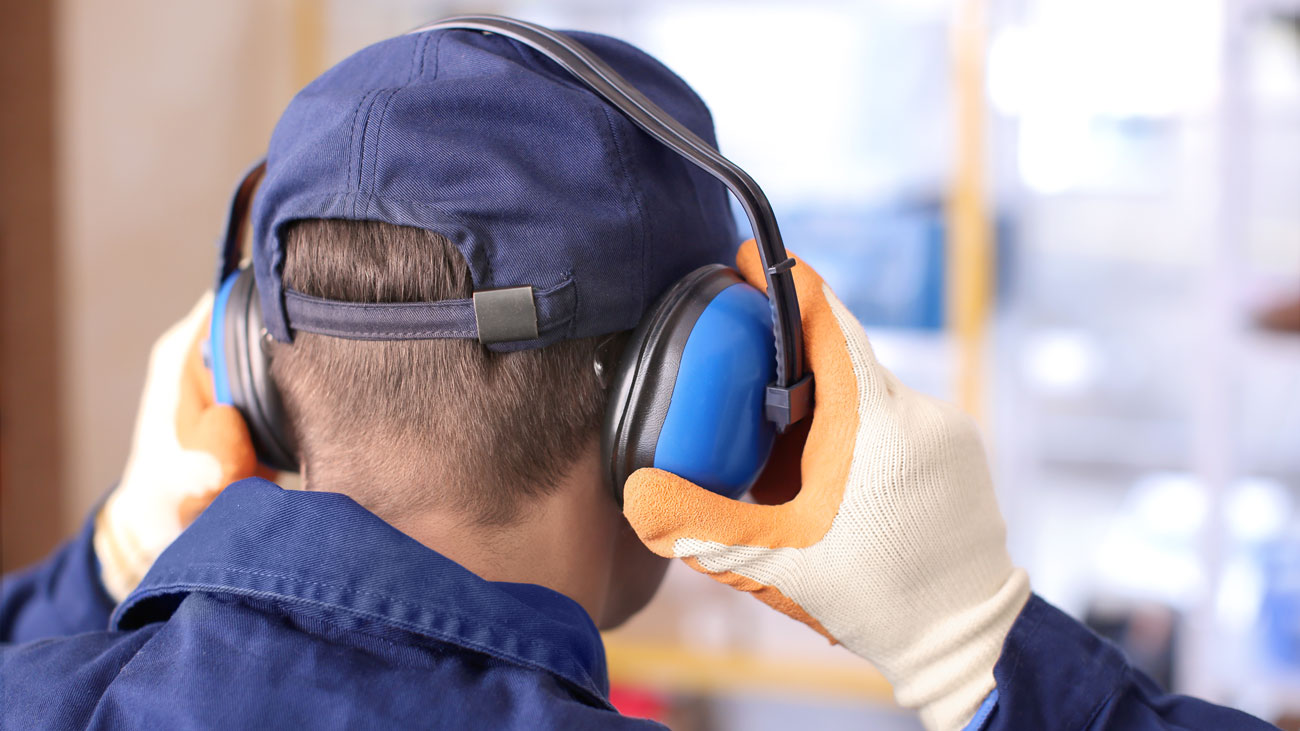The British Safety Industry Federation (BSIF) has issued a warning to those overseeing personal protective equipment (PPE) and safety product procurement after their latest tests on products highlighted the widespread availability of substandard and even dangerous items.
Between December 2022 and December 2023, the BSIF examined 123 products from non-BSIF-registered members, assessing advertised performance, marking adequacy and compliance with standards. Just 21% – 26 products – proved fully compliant, leaving a huge 79% – 97 products – falling short of testing criteria. Worryingly, many of these substandard products are still available and in use, posing serious risks to unsuspecting users.
Examples of product failures
Some examples of products that failed testing include a flame-retardant parka, bought from an online retailer. During flame spread testing, the outer layer burnt through, exposing the inner layer, which then caught fire, resulting in the entire coat being consumed by flames. The garment also lacked correct documentation and markings in line with PPE regulation requirements. A pair of safety boots from the same retailer failed toe-cap compressions tests. They were also over ten years old and supplied with outdated certification, didn’t have the correct documentation and were not correctly marked.
Elsewhere, a pair of safety spectacles, acquired from a high street retailer, failed an impact resistance test, with lenses cracking/breaking when struck by a projectile. The spectacles also lacked markings and the required documentation. Despite promises to remove the product from sale, it was still available over two months later.
Three pairs of protective gloves from a high street retailer failed testing against abrasion, returning just half the claimed performance level. They were also incorrectly marked and missing the required documentation. When contacted by the BSIF, the retailer said they would take action, but the products were still on sale four months later.
Meanwhile, a respiratory protective mask (FFP3) purchased from a PPE distributor performed at only half the required level during filter penetration tests against contaminants and had missing documentation. When contacted, the distributor didn’t act to remove the product from sale or initiate a recall.
Commenting on the latest statistics, BSIF CEO Alan Murray said:
“Our latest test results show that you don’t have to look very far to find examples of inadequate and substandard PPE and safety equipment for sale in the UK. Shockingly, many unsuspecting users are relying on these compromised products for their safety. Buyers and specifiers must urgently review their procurement processes and consider what assurances they have that the PPE and safety equipment they are being supplied with is fit for purpose. Checking for the BSIF Registered Safety Supplier shield is the easiest way to ensure you only deal with compliant, competent and trustworthy suppliers. Remember, anyone can sell safety, but you shouldn’t buy safety from just anyone; always check for the shield.”
Other methods that employers can employ to ensure the safety of both product and user are:
- CE marking: PPE carrying the CE marking indicates that the equipment complies with relevant regulations. The CE marking demonstrates that the product meets essential health and safety requirements.
- Conformity assessment: Employers should ensure that the PPE has undergone a conformity assessment, which involves examining the product's design and production processes to verify compliance with applicable standards.
- Standards and regulations: PPE in the UK must meet specific standards that are often set by organisations such as the British Standards Institution (BSI) or the European Committee for Standardisation (CEN). Employers should choose PPE that conforms to these standards to ensure safety. The Personal Protective Equipment at Work Regulations 1992 place a duty on every employer in Great Britain to ensure that suitable PPE is provided to ‘employees’ who may be exposed to a risk to their health or safety while at work.
- Risk assessment: Employers are required to conduct a risk assessment to identify the hazards present in the workplace. Based on this assessment, they can determine the appropriate types of PPE needed to protect employees from specific risks.
- User training: Ensuring that employees are adequately trained in the correct use, maintenance, and limitations of the provided PPE is crucial. Proper training helps maximise the effectiveness of the equipment and minimises the risk of accidents.
- Supplier reliability: Employers should source PPE from reputable suppliers and manufacturers who adhere to quality and safety standards. Regularly reviewing and assessing the reliability of suppliers is important to ensure the ongoing safety of the equipment.
- Documentation: Employers must keep documentation related to the selection, use, and maintenance of PPE. This documentation may include records of risk assessments, product specifications, maintenance schedules, and training records.
- Feedback from employees: Encouraging employees to provide feedback on the comfort, fit, and performance of the PPE can help identify any issues or concerns. Regular communication with employees can lead to improvements in the selection and use of PPE.
You may also be interested in
RELATED CONTENT
RELATED COURSES

The Manual handling course helps learners understand the risks and dangers associated with lifting and handling in the workplace.

The Permits to work course explores the elements of permit-to-work systems and the high-risk activities that may require them.

The world’s best-known health and safety certificate, designed for managers and supervisors in any sector or organisation.

Introduction to health and safety gives learners a basic introduction to managing safety in their workplace.

The British Safety Industry Federation (BSIF) has issued a warning to those overseeing personal protective equipment (PPE) and safety product procurem...

Following the departure of the UK from the EU, and the transition period which comes to an end on 31 December 2020, new rules from January 2021 will e...

The Chartered Institution of Building Services Engineers (CIBSE) has produced an information sheet intended to help property operators, facilities man...

Employers must update workplace policies to ensure workers are clear on the rules on wearing the correct PPE, including facemasks.
